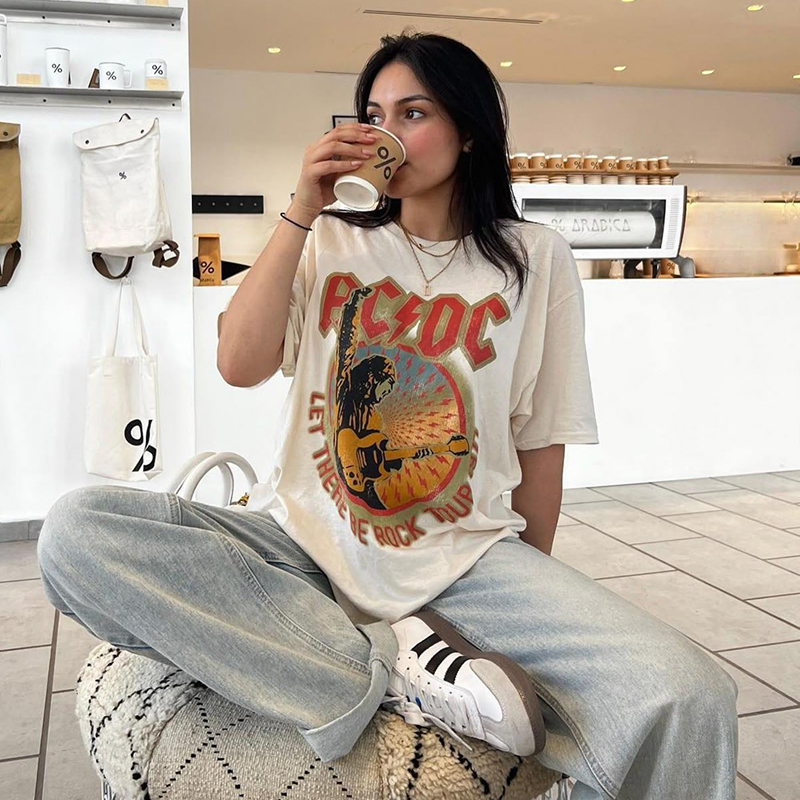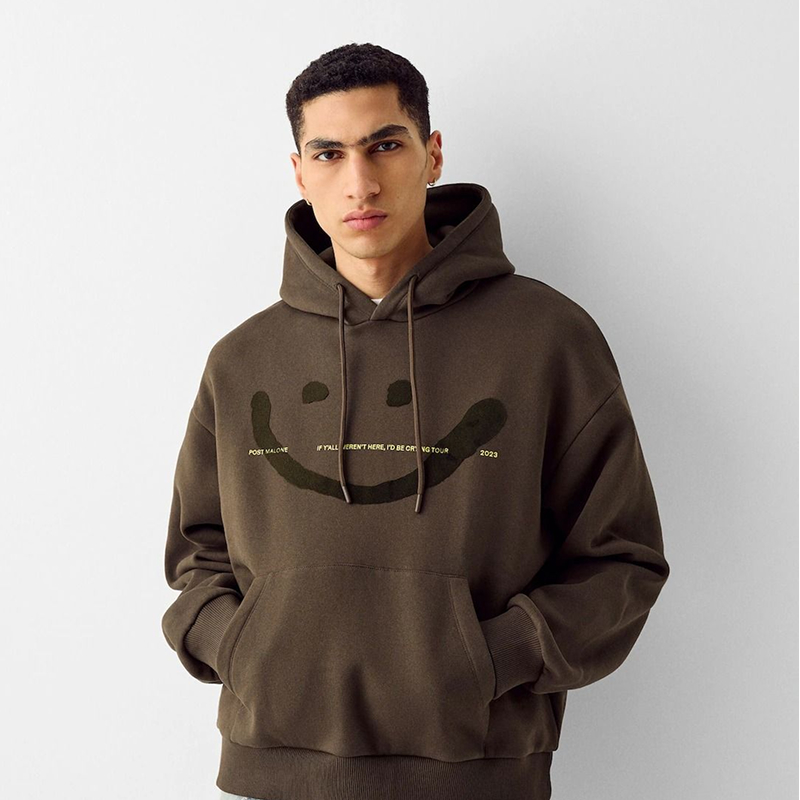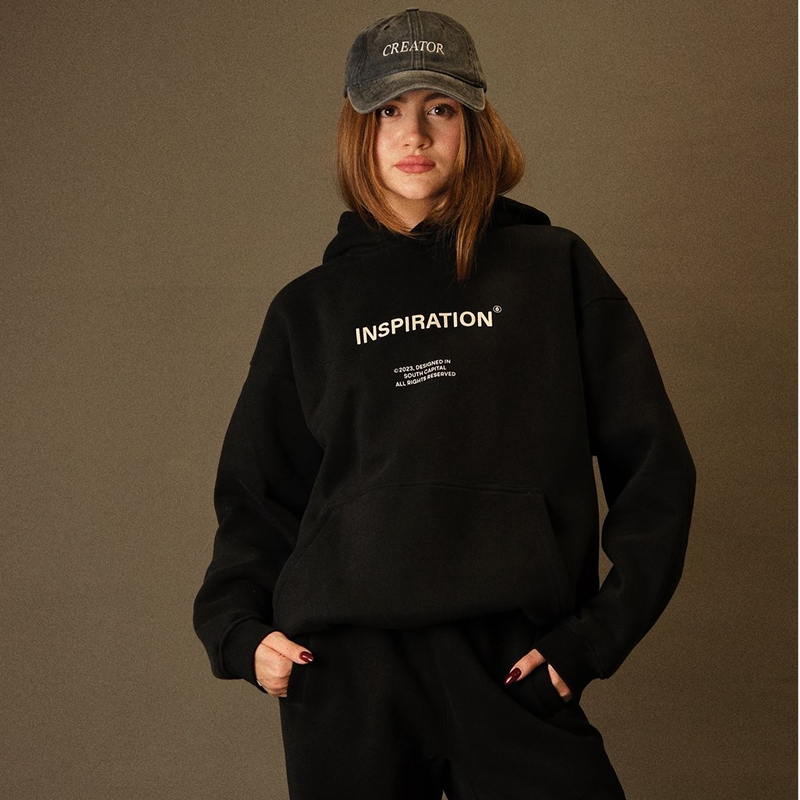Introduction: Simplicity as a Billion-Dollar Business
At first glance, T-shirts and hoodies seem like simple clothing items—humble, inexpensive, and universally worn. Yet beneath their casual appearance lies a multi-billion-dollar economy that sustains global fashion. These basics dominate wardrobes across age, gender, and geography.
Why do T-shirts and hoodies matter so much economically? Because they embody mass production, branding, cultural influence, and consumer psychology. They are both affordable essentials and luxury status symbols. This duality makes them a fascinating case study in the business of fashion.
This essay explores the economic power of T-shirts and hoodies—from their cost structures to marketing strategies, from fast fashion to luxury hype, and from global supply chains to sustainable futures.
Chapter 1: The Birth of Basics in Economics
T-Shirts: From Undergarments to Global Staples
In the early 20th century, T-shirts were inexpensive cotton undershirts. By the 1950s, Hollywood icons like James Dean and Marlon Brando transformed them into cultural statements. This shift marked the start of their economic ascent.
Today, T-shirts are one of the most produced garments on earth. They are cheap to make, easy to distribute, and endlessly customizable. Their economic value lies in scale and adaptability.
Hoodies: Utility Meets Fashion
The hoodie originated in the 1930s as workwear for laborers and athletes. Over time, it became linked to youth culture, hip-hop, and streetwear. Its rise reflects cultural economics: garments gain value as they move from functionality to identity.
Chapter 2: The Supply Chain – From Fiber to Shelf
Raw Materials and Costs
- Cotton T-shirts cost as little as $1 to produce in bulk.
- Hoodies, requiring more fabric and construction, cost around $4–$8 at production level.
But by the time they reach consumers, prices multiply—sometimes by 10x or more.
Globalization and Production Hubs
- Bangladesh, Vietnam, and China dominate T-shirt and hoodie manufacturing.
- Low labor costs and efficient supply chains keep prices low for Western markets.
- The economics rely on outsourcing—a T-shirt worn in New York likely traveled thousands of miles before reaching the store.
Chapter 3: Branding – Turning Basics into Icons
The $5 vs. $500 T-Shirt
Why can a plain T-shirt cost anywhere from $5 to $500? The answer is branding.
- A Hanes tee = basic utility.
- A Supreme tee = cultural capital.
- A Balenciaga tee = luxury statement.
The difference lies not in fabric alone but in marketing, exclusivity, and perceived value.
Hoodies as Hype Machines
Hoodies became central to streetwear economics. Limited drops from brands like Supreme, Palace, and Off-White turn hoodies into scarce assets. A $150 retail hoodie can resell for $1,000 on secondary markets.
The hoodie thus functions like currency in fashion’s hype economy.
Chapter 4: The Fast Fashion Engine
Economics of Scale
Fast fashion giants (Zara, H&M, Shein) thrive on T-shirts and hoodies because:
- They are cheap to design and adapt to trends.
- Production is fast and scalable.
- Consumers view them as disposable basics.
Billions of these garments are sold annually, fueling profits but also environmental costs.
The Disposable Culture
Fast fashion economics depends on consumers buying more than they need. T-shirts and hoodies, being inexpensive, encourage impulse purchases. But this cycle leads to overproduction and waste.
Chapter 5: Luxury Fashion and the Basics Boom
Normcore and Minimalism
In the 2010s, luxury fashion embraced basics. Suddenly, a plain hoodie by Vetements or a logo T-shirt by Gucci became coveted items. This trend reflects the luxurification of simplicity.
Status Through Simplicity
Luxury basics allow consumers to signal wealth while appearing “casual.” A $500 hoodie carries both comfort and status signaling power.
This paradox—spending heavily on basics—drives huge profits for luxury houses.
Chapter 6: The Economics of Printing and Customization
Logos, Graphics, and Identity
T-shirts are perfect canvases for:
- Brand logos
- Protest slogans
- Tour merchandise
A band T-shirt can cost $3 to make but sells for $40 at a concert. The margin is massive because consumers value identity expression more than fabric.
Hoodies as Team Uniforms
From college merchandise to esports teams, hoodies function as uniforms of belonging. Their economic power lies in emotional connection.
Chapter 7: Streetwear and Resale Economies
Drop Culture
Brands like Supreme created drop models—limited weekly releases that fuel scarcity. T-shirts and hoodies became speculative assets.
Resale Platforms
Platforms like StockX and Grailed built billion-dollar businesses around reselling hoodies and tees. This secondary market proves that basics can function like sneakers in the resale economy.
Chapter 8: Sustainability and Future Economics
The Cost of Cheap
The economic success of T-shirts and hoodies comes at an environmental cost:
- Overproduction = textile waste.
- Polyester blends = microplastic pollution.
- Cotton = heavy water usage.
Toward Circular Fashion
The next economic frontier is sustainability:
- Rental models: Hoodies as shared goods.
- Recycling systems: Turning old T-shirts into new fabric.
- Slow fashion: Higher-quality basics that last longer.
Consumers are beginning to pay for sustainable basics, changing the cost structure of the industry.
Chapter 9: Consumer Psychology and Demand
Why Basics Sell Forever
- Universality: Everyone needs them.
- Flexibility: Work at home, gym, or street.
- Emotional Power: A hoodie feels comforting, a T-shirt feels familiar.
The emotional economics of basics guarantees ongoing demand, regardless of fashion cycles.
Chapter 10: The Future of Basics in Fashion Economics
Digital T-Shirts and Hoodies
The rise of the metaverse brings digital hoodies and tees. Consumers pay real money for virtual basics, extending their economic value into new spaces.
Smart Basics
Imagine a hoodie that tracks stress or a T-shirt that changes color based on temperature. These innovations could create new markets in wearable tech.
The Resilience of Basics
Even with fashion trends shifting rapidly, T-shirts and hoodies remain evergreen staples. Their economic future is secure because they balance function, culture, and business.
Conclusion: The Power of Simplicity
The T-shirt and hoodie are proof that the simplest garments often wield the most economic power. They move across fast fashion and luxury, across production hubs and resale platforms. They are cheap and expensive, disposable and collectible, personal and universal.
Their dominance is not an accident but a reflection of how economics, culture, and identity intersect in fashion.
As the industry evolves toward sustainability and technology, one truth remains: the global economy of fashion will always rest on the shoulders of basics.



